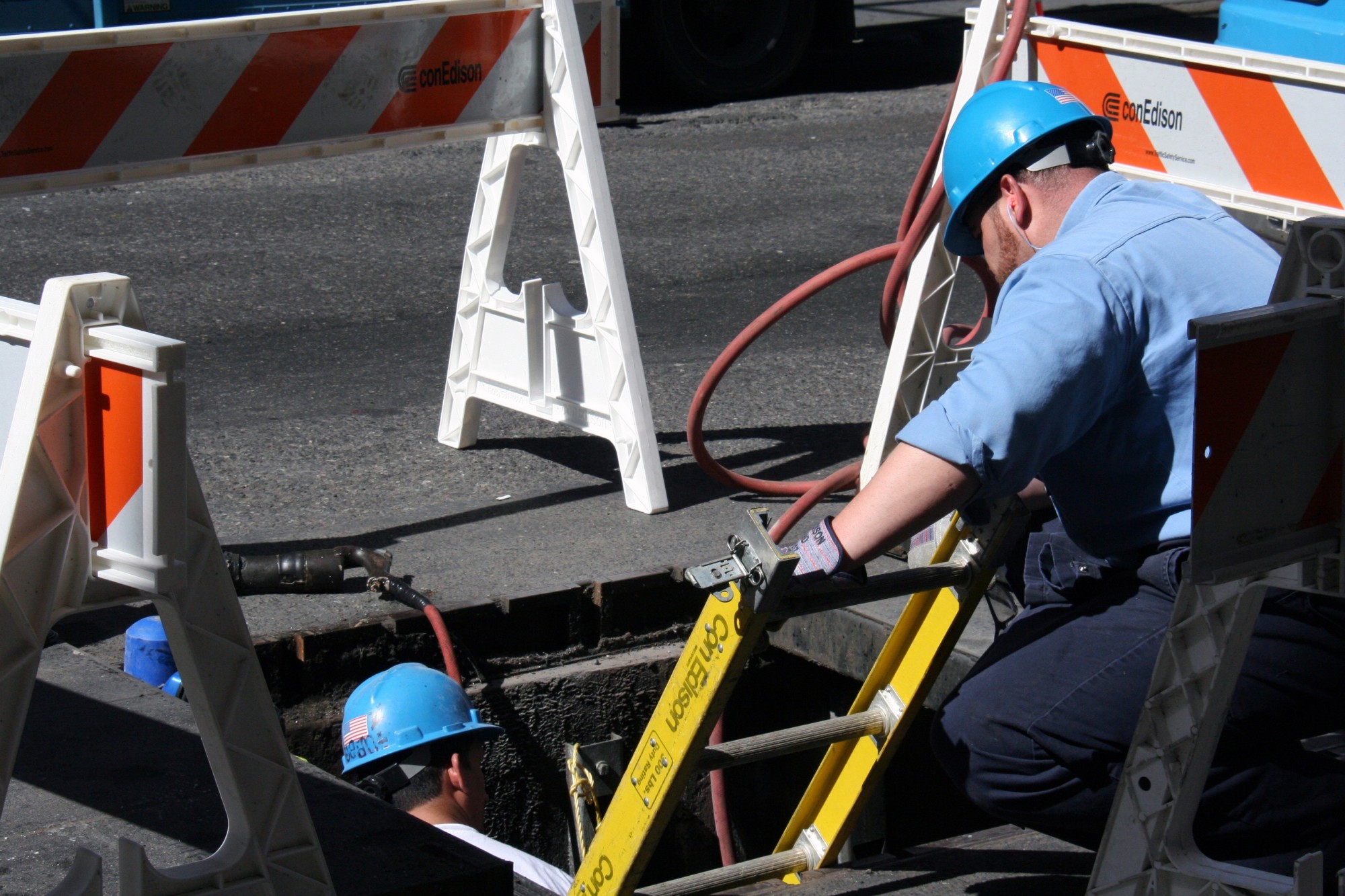It’s the unfortunate truth that construction workers face a variety of hazards on the job. In 2019 alone, there were 1,061 worker fatalities in the construction industry.
Do you manage a construction site? It’s important you know the hazards for yourself and your workers. Knowing the risks helps you mitigate the dangers so everyone can get home safely at the end of the workday.
Keep reading for information about five common construction site hazards.
1. The Dangers of Falling
Falling from heights is the number cause of construction worker fatalities. Construction workers need special training if they’re working in high places.
Always assess the alternatives to sending someone to work at height. Can the workers assemble something at ground level rather than at height? Choose the safer alternatives.
Are you using scaffolding on-site? Make sure your equipment has double guard rails.
If workers must work at a height taller than six feet, use fall protection equipment. This includes restraint systems and fall-arrest equipment. Workers at height need non-skid work boots and tool lanyards.
Ladders are especially problematic when it comes to falls. Make sure your workers have proper training and know which ladder is appropriate for the type of job. Never allow anyone to use a ladder that’s damaged, has missing rungs, missing cleats, or damaged safety devices.
Inspect ladders and scaffolding on a regular basis.
2. Struck-By Accidents and Incidents
When a falling or flying object strikes a worker, that’s a struck-by accident. When a worker is hit by a vehicle, that’s also a struck-by accident.
Struck-by accidents are also common in the construction industry. Some of the most common struck-by accidents include:
- Getting struck by a truck or car on the job site
- Getting crushed underneath an overturned vehicle such as a forklift
- Getting struck by a swinging backhoe
- Getting pinned between walls and construction vehicles
Objects also fall from scaffolds, ladders, and cranes. Sometimes power tools cause flying objects. Although it’s impossible to completely avoid struck-by incidents, training and good protocols reduce the risks.
3. Slips, Trips, and Falls
Slipping, tripping, and falling are all hazards when on a construction site. There’s equipment, dirt, debris, and more when workers are on a construction site. It’s easy to lose your balance when navigating around this maze of objects.
If there’s been wet weather, slipping is more likely with a wet job site. There are many other substances that cause slipping and tripping on job sites. These include mud, grease, oil, and sawdust.
Take care to keep cables, hoses, and wires in sight. If there are gaps in walking surfaces, make sure they’re marked.
Incomplete stairways are another area of danger for slips, trips, and falls. Make sure stairways are free from all debris and any spills get cleaned up fast.
Slips, trips, and falls cause everything from minor strains and sprains to broken bones. Feet, knees, ankles, backs, and wrists are commonly injured areas. These injuries can be minor or cause long-standing pain and problems.
If you do slip on the job, contact an attorney like those at https://www.oreskylaw.com/practice/construction-accidents/ so you’ve got someone knowledgeable protecting your rights.
4. Exposure to Hazardous Materials
Something a lot of people may not think about is the hazard of exposure to airborne particles and other dangerous materials. There are several materials common on construction sites of which you must be aware. These include materials such as:
Asbestos
The dangers of asbestos are well known. One of the most common ways workers get asbestos contamination is through breathing airborne particles.
Asbestos isn’t a common problem on new job sites but it is common when doing renovations on older buildings. Asbestos is in old floor tiles, spray-on fireproofing, some drywall, joint compounds, roofing felts, shingles, ceiling tiles, and cement pipes.
Asbestos particles invade the respiratory and digestive tissues. They cause diseases such as mesothelioma, lung cancer, emphysema, and gastrointestinal cancer.
The good news about asbestos? You can protect your workers using proper protections. Make sure your construction site complies with OSHA standards.
Lead
Lead is another problematic contaminant. Lead is no longer in paint but it’s used for rust and corrosion prevention in steel structures. These structures include lighthouses, bridges, and ships.
Make sure workers wear proper protection when working around lead.
Cadmium
Cadmium dust can contaminate lungs and absorb into a worker’s skin. Welding and painting are two activities that expose workers to cadmium.
Chromium
Chromium is in some inks, dyes, and paints. If a worker welds stainless steel, there’s a risk of coming into contact with chromium. Certain primers and coatings also have chromium.
Chromium can irritate and damage the eyes and teeth. It can also cause kidney damage and perforated eardrums.
Construction workers must have the proper training and use appropriate personal protective equipment when working with any of these potential construction site health hazards.
5. Electrical Accidents
Construction workers are also at risk for electrical accidents when on the job. Some projects are close to overhead power lines. If heavy equipment, such as a crane, contacts a major power line a worker could get electrocuted.
Always make sure workers use ground-fault protection when working with electrical equipment on a job site. Over time, electrical equipment breaks down and sometimes causes short circuits.
A worker’s body without protective equipment can channel electricity. This causes burns, fires, and even risk of explosion.
Train your workers never to use equipment in a manner unintended by the manufacturer. This causes equipment damage as well as risk to the worker. Never use inside equipment outside or vice versa.
Common Construction Site Hazards
These are five common construction site hazards. Are you a construction worker or construction manager? Follow all safety precautions and ensure your workers do too.
You can avoid construction site accidents by ensuring that everyone has the right training and uses the proper protective equipment.
Are you looking for more good advice? We’ve got lots on the blog so keep scrolling!


















